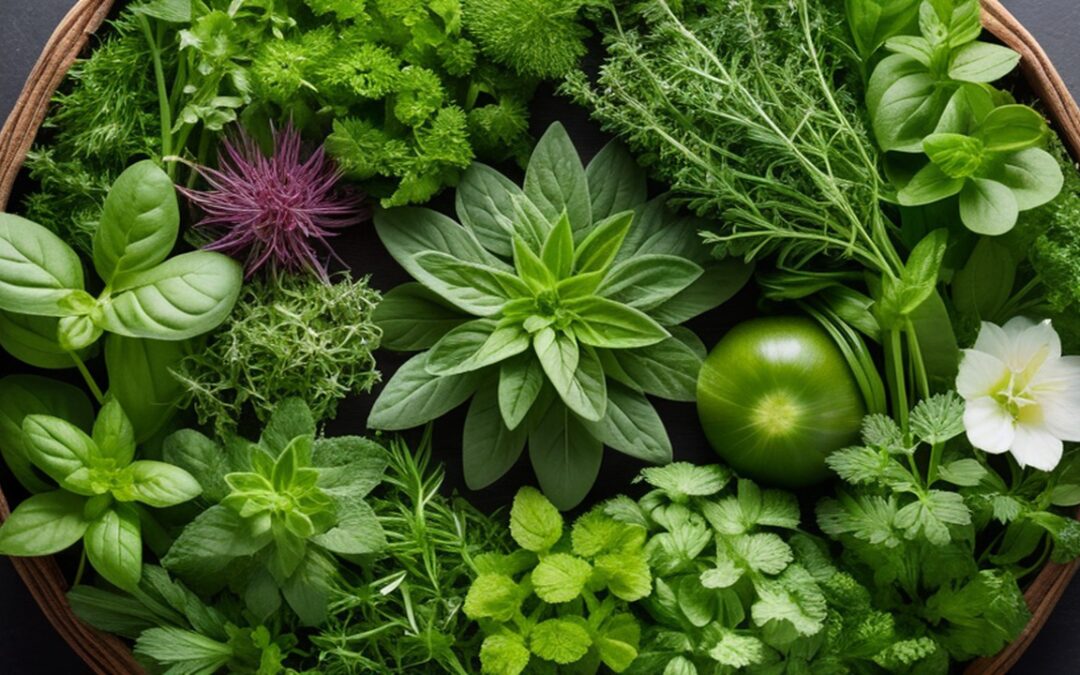Don’t let dehydration steal your health. Get tips for better energy, sharper focus, & disease prevention. Consult a doctor for serious symptoms.

Dehydration The Silent Killer That’s Costing You Your Health
Dehydration The Silent Killer That’s Costing You Your Health
Are you aware of the silent threat that could be wreaking havoc on your health without you even realizing it? Ignoring dehydration is risky.
Ignore this issue, and your body pays a heavy price. Your thoughts become cloudy, and your natural ability to ward off sickness weakens considerably.
Don’t underestimate dehydration; it ranges in severity from simple fatigue all the way to life-threatening issues. Let’s uncover what this is, the trouble it stirs up, and simple ways to keep it away.
Dehydration is a silent threat. Let’s figure out how to shield against this and make sure you’re getting enough water daily..
Introduction: Why Dehydration is a Serious Threat
Dehydration occurs when your body loses more fluids than it takes in, disrupting essential bodily functions and chemical reactions. Surprisingly, many people are chronically dehydrated without knowing it. Expect a few complications to arise from this, including:
-
Headaches and difficulty concentrating
-
Fatigue and muscle cramps
-
Long-term complications like kidney damage and hypertension
Every cell in your body needs water to function properly. If you don’t drink enough water, your body and mind will suffer over time, messing with how you handle stress and even your blood sugar.
Mastery of dehydration is key to staying healthy — ignoring it can lead to serious health issues. So drink plenty of water to maintain proper hydration status!
Physical and Mental Symptoms of Dehydration
Recognizing the signs of dehydration early can help prevent severe complications and maintain proper thermoregulation.
Physical Symptoms
-
Fatigue
-
Dry mouth and dry lips
-
Thirst
-
Muscle cramps
-
Rapid heartbeat
-
Dark-colored urine or reduced urination
-
Dizziness
-
Rapid breathing
-
Constipation and other digestive issues
Mental Symptoms
-
Difficulty concentrating
-
Irritability
-
Anxiety
-
Decreased cognitive performance
-
Brain fog
If you experience any of these symptoms, start rehydrating immediately by drinking water and consuming foods rich in electrolytes, such as bananas or sports drinks. Catching dehydration early keeps your body healthy and your brain sharp.
Disclaimer:The information provided in this blog post is for general informational purposes only and is not a substitute for professional medical advice, diagnosis, or treatment. Always seek the advice of your physician or other qualified health provider with any questions you may have regarding a medical condition. Never disregard professional medical advice or delay in seeking it because of something you have read here.
The Science Behind Dehydration
Not drinking enough water throws off your body’s fluid and electrolyte balance. This then messes with many vital chemical reactions. Dehydration happens for a lot of reasons:
-
Excessive sweating during exercise or hot weather
-
Vomiting or diarrhea
-
High fever
-
Certain medications
-
Chronic conditions like diabetes or kidney disease
When dehydration becomes severe, it can lead to complications such as heatstroke, kidney failure, or even death. Proper hydration is really important; these risks show why.
Dehydration and electrolyte imbalance are closely linked. When you lose fluids, you also lose essential electrolytes like sodium, potassium, and chloride.
This imbalance directly hits your blood’s fluid levels, making your blood pressure act up. Muscle contractions and nerve signals are just two examples of bodily functions affected by this type of imbalance.
Who is Most at Risk?
Certain groups are more vulnerable to dehydration:
-
Athletes: High-intensity exercise increases fluid loss and affects hydration status, potentially leading to acute dehydration.
-
Elderly individuals: Reduced thirst sensation makes them less likely to drink enough fluids. Elderly individuals are especially vulnerable to dehydration—a condition that’s surprisingly widespread and can have severe consequences. Think of it like this: they need more water than younger people to maintain proper hydration.
-
Pregnant women: Increased fluid needs during pregnancy heighten the risk of dehydration and can affect stress hormone response.
-
Children: They are more susceptible to dehydration due to smaller fluid reserves. Young children experience swift dehydration, necessitating immediate intervention to mitigate potential sequelae, such as thrombotic events
Cutting down on health risks from dehydration is easy when you create hydration plans specific to different groups, taking into account factors like stress management and insulin regulation.
The Long-Term Consequences of Dehydration
Chronic dehydration doesn’t just cause immediate discomfort but it can have long-term effects on your health:
-
Kidney Damage: Prolonged dehydration can lead to kidney stones or chronic kidney disease. Dehydration and kidney function are closely linked, as the kidneys require adequate fluid to filter waste effectively.
-
Heart Health: Dehydration increases strain on the heart as it works harder to pump blood. Blood pressure, cardiovascular health, and overall blood volume are all influenced by this.
-
Cognitive Decline: Lack of hydration impairs memory and focus over time. Being even slightly dehydrated impacts how well your brain functions; it’s harder to think clearly when you’re thirsty, often resulting in brain fog.
-
Skin Health: Continuous dehydration may be why your skin feels dry and less elastic, potentially accelerating signs of aging and contributing to premature aging.
-
Weight Gain: Dehydration can sometimes be mistaken for hunger, leading to overeating and potential weight gain.
Dehydration can have some pretty serious effects, but you can easily prevent them by maintaining proper daily fluid intake. Better health is just a glass away!
Prevention Tips: How to Stay Hydrated
Preventing dehydration is easier than treating it. Follow these practical dehydration prevention tips:
-
Drink Water Regularly: Aim for 8–10 glasses daily. Adjust your water intake based on activity level and climate. Follow water intake recommendations from health professionals.
-
Avoid Dehydrating Beverages: You’ll feel much better if you watch your caffeine, alcohol, and sugary drink consumption. These can dry out your body and directly impact your cortisol.
-
Consume Hydrating Foods: Include fruits like watermelon and cucumbers in your diet to boost your fluid intake and aid in waste removal.
-
Hydrate Before Exercise: Drink water before, during, and after physical activity to maintain proper hydration status and support thermoregulation.
-
Monitor Urine Color: Light-colored urine indicates proper hydration; dark or concentrated urine signals dehydration.
For those with specific needs (for example., athletes), consider electrolyte-enhanced drinks or supplements to maintain proper fluid balance. (For supplements, consult first)
Treatment for Dehydration
If you suspect dehydration:
-
Start rehydrating immediately by drinking water or oral rehydration solutions to address mild dehydration.
-
Eat foods rich in electrolytes (e.g., bananas or coconut water) to restore electrolyte balance and support plasma volume.
-
For severe dehydration involving confusion or fainting, seek medical attention immediately, IV fluids may be required to treat acute dehydration.
Dehydration treatment should be tailored to the severity of the condition. While mild cases can often be treated at home, severe dehydration requires prompt medical intervention to prevent serious health complications and restore proper blood volume.
Interactive Tools for Hydration Awareness
To make hydration easier and monitor your water consumption:
-
Use hydration apps or a journal to track your daily fluid intake.
-
Try wearable devices that monitor fluid levels and remind you to drink water.
-
Follow a hydration schedule tailored to your daily routine and water needs.
Staying properly hydrated is easy with these tools; they’ll help you reach your hydration goals and maintain optimal water intake.
Conclusion: Don’t Let Dehydration Be a Silent Killer
Don’t underestimate dehydration; it can seriously impact your health if you let it. By staying proactive and drinking enough water daily and recognizing early symptoms of dehydration, you can protect yourself from its dangers and support overall disease prevention.
Prioritize water since it’s a simple step for a healthier you, starting today. Better energy, sharper thinking, and improved health because that’s the reward your body gives you. Your body needs water to function properly; good hydration maintains the right fluid levels and supports essential chemical reactions.
Stay hydrated, stay healthy!
RELATED POSTS
Dehydration The Silent Killer That’s Costing You Your Health
Sustainable Eating: How To Make A Positive Impact On The Planet
Sustainable eating. It’s all about making food choices that are not only good for you, but also good for the planet.
The Best Whole Foods Vegan Desserts For Health-Conscious Individuals
Discover delicious and healthy whole foods vegan desserts made from plant-based, unrefined ingredients. Try easy recipes, smart swaps, and top store-bought options for guilt-free indulgence.
FOLLOW DISCOVERY BLOGGER













